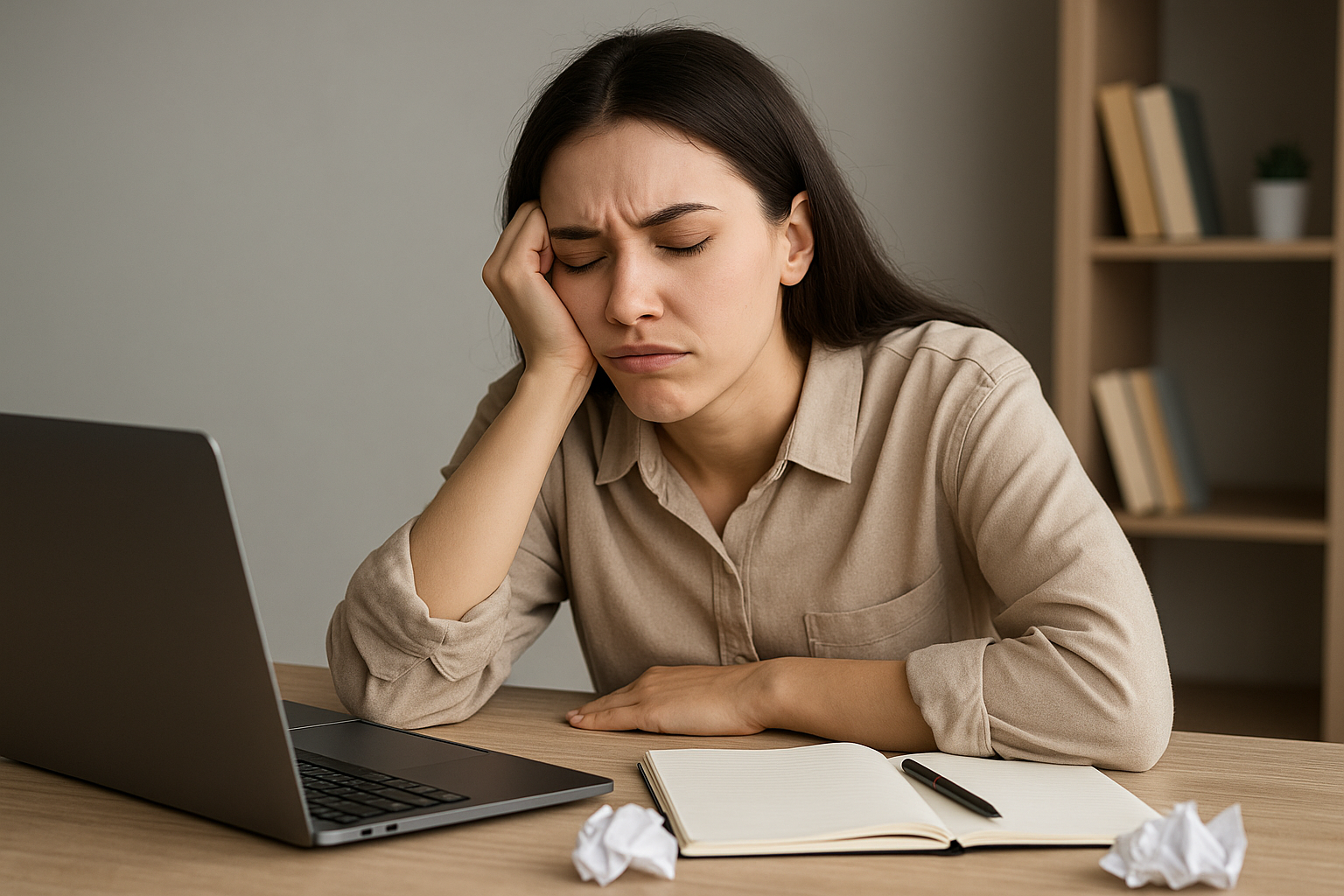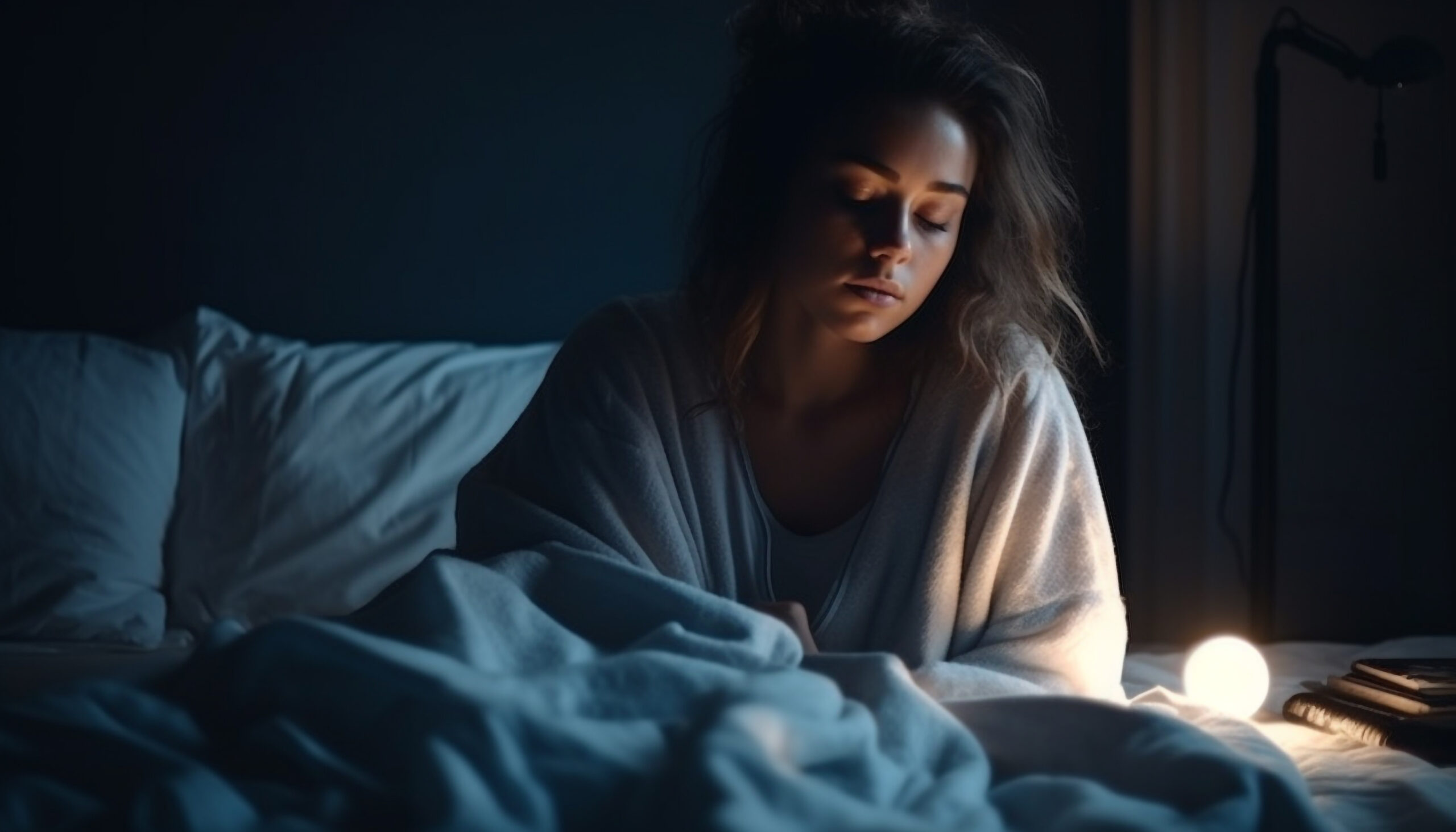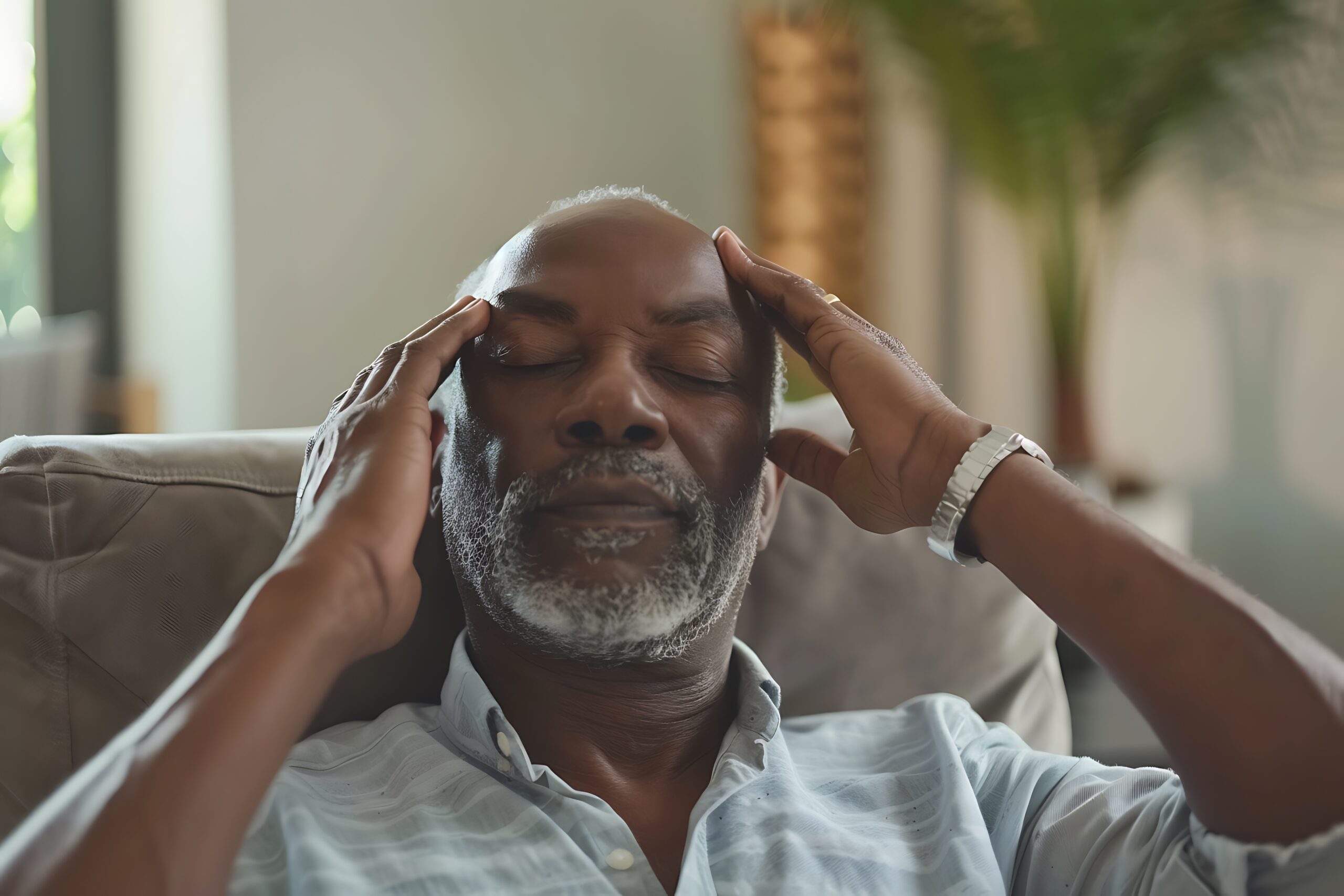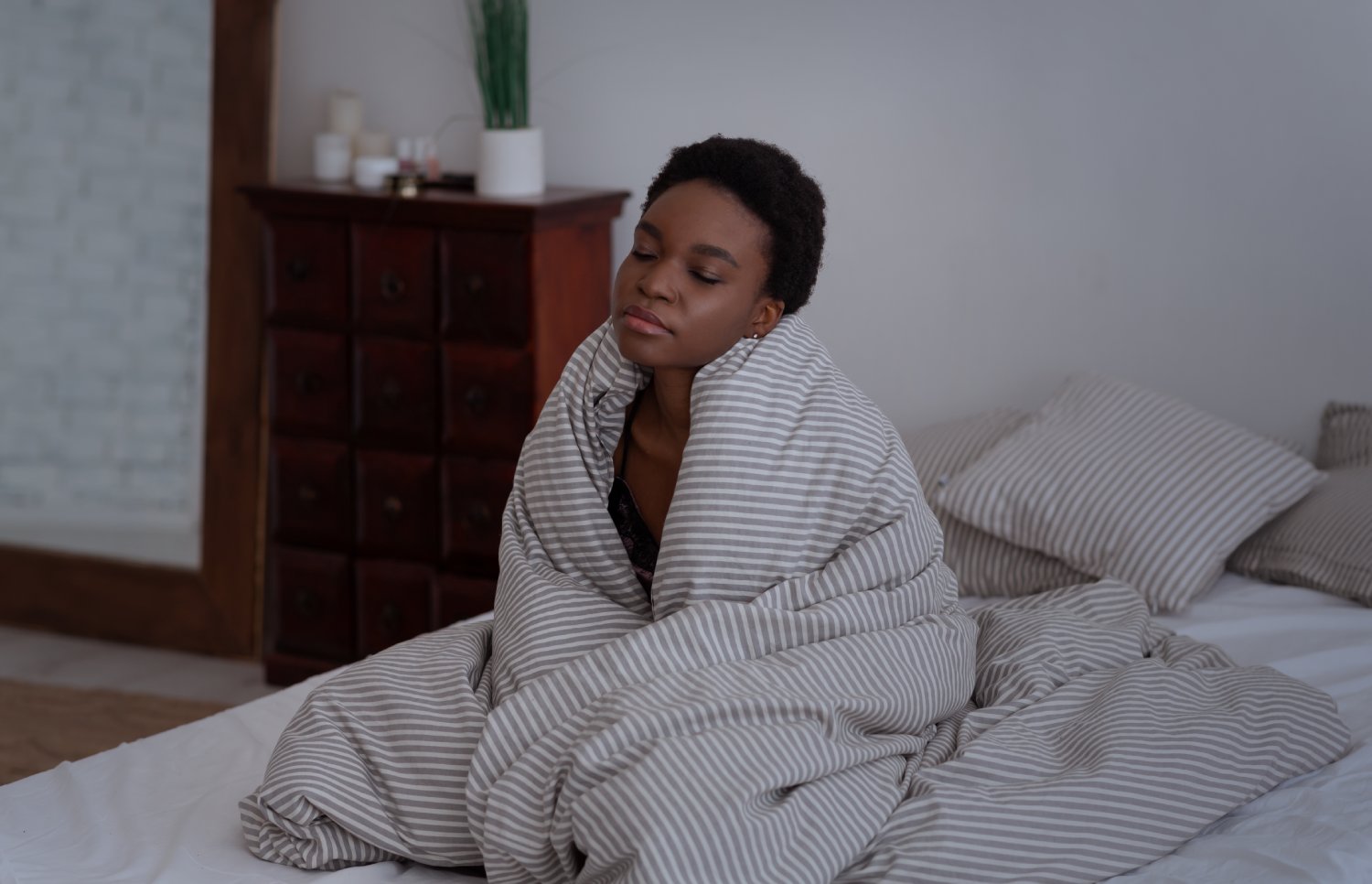Quality sleep is crucial for physical and mental health, yet many people struggle with sleep issues. In this blog, Dr. Michelle Gibson-James, our sleep specialist, shares expert advice on overcoming insomnia and improving sleep quality. Discover tips and strategies for creating a restful sleep routine and understanding when it’s time to seek professional help.
What is the definition of sleep?
Sleep
is defined by the Merriam-webster dictionary as a natural and reversible state
where there is a reduction in alertness and awareness of surroundings
associated with a typical posture (laying down) and observable alterations in
brain activity.
What are the stages of sleep and how
does it vary with age?
Sleep
can be divided into NREM sleep (non-rapid eye movement) and REM sleep. NREM has
3 stages: N1, N2, N3 and plays a role in hormonal release eg growth hormone,
immune response, memory consolidation, energy restoration and conservation.
Normally
there is cycling through the sleep stages during the entire sleep period, with
each cycle lasting approximately 90 to 120 minutes in total and with 3 to 5
cycles a night.
N1
is the first stage of sleep and lasts approximately 5% of the total sleep time,
It is very light sleep and a person would be easily awoken from this stage.
N2
or stage 2 sleep takes up the majority of the sleep time, approximately 45- 50%
N3
is also known as deep sleep and accounts for 20% of sleep time. The amount of
deep sleep varies with age and with previous sleep (or degree of fatigue).
Infants and children have more sleep as compared to middle aged or older
adults.
Previous sleep loss or current fatigue is also
linked with increased deep sleep.
REM
sleep takes up about 20 to 25% of total sleep time, the amount of REM sleep
increases as the sleep progresses. In the first cycle of sleep, REM sleep may
last only 10 minutes, but this lengthens with sleep continues. Dreaming occurs
mainly during REM sleep.
REM sleep is important for learning, memory
consolidation and emotional regulation.
Do sleep requirements differ?
Sleep
requirements are individual meaning that some people require longer sleep to
function whereas others may function with 6 hours sleep. Less than 6 hours is
typically referred to as short sleep.
Requirements
also vary with age. Newborns and infants need more sleep. As we age, the sleep
need usually decreases, and the total sleep duration tends to decrease from
children to older adults with a plateau at around age 60. The nature of sleep
also changes with increases in stage 1 and 2 and decreases in deep sleep and
REM in older people.
What are the factors that control
sleep?
Circadian
and homeostatic processes are responsible for the regulation of sleep. They
interact to control or regulate sleep.
Circadian control (also known as process C)
refers to the clock or timing of sleep and wake. It is mediated by the
suprachiasmatic nucleus (SCN) in the brain which is a kind of master clock.
This clock ensures that humans are awake during the day and then ready for
sleep during the night/dark hours. It also influences other body functions such
as hormonal release, blood pressure control, liver function, body temperature.
It
is influenced by natural or unnatural light (eg electronics, house or other
environmental lights).
The
hormone melatonin, which is released by the brain at night, also influences
circadian rhythm but telling the body that it is sleep time.
Circadian
control decreases with aging with an advance or shift forward in sleep timing.
The decrease in circadian control is thought to be related to a decreased
function of the SCN.
The
homeostatic process (process S) is the
drive or need to sleep. The homeostatic drive is typically minimal on waking
but builds during the day till the sleep period when it is at maximum. It
increases with activity and would decrease with naps or rest during the day and
the use of caffeine. Prior sleep loss would increase the drive to sleep for the
following night.
What types of sleep disorders occur?
There
are 6 categories of sleep disorders according to the ICSD-3 (international
classification of sleep disorders).
Each category is also subdivided further. Some sleep disorders are more likely to occur
in particular stages of sleep.
The
broad categories are: (1) Insomnia disorders (2) Sleep related breathing
disorders eg obstructive sleep apnea (3) Parasomnias eg sleep terrors or
nightmare disorder (4) Sleep related movement disorders eg restless leg syndrome
(5) Central disorders of hypersomnolence eg narcolepsy (6) Circadian rhythm
sleep-wake disorders eg delayed sleep wake phase disorder.
Assessment
and treatment vary with each sleep disorder. More information will be provided
on each of these in a subsequent blog.





